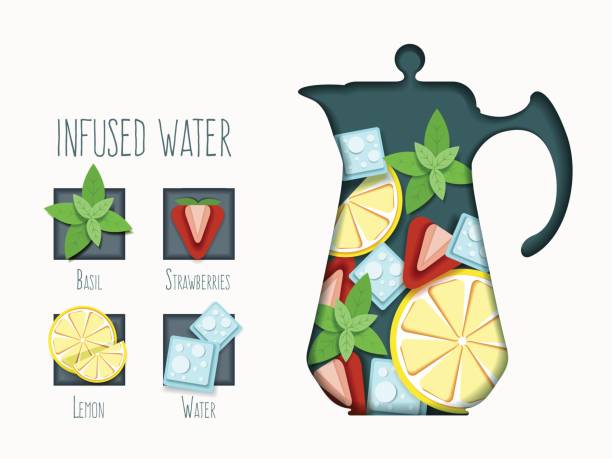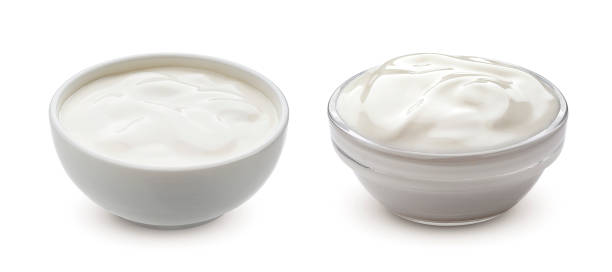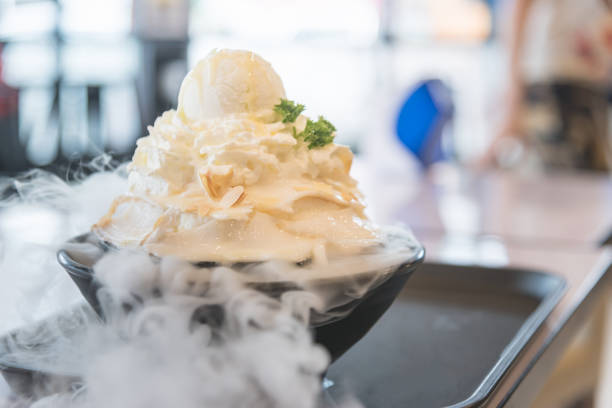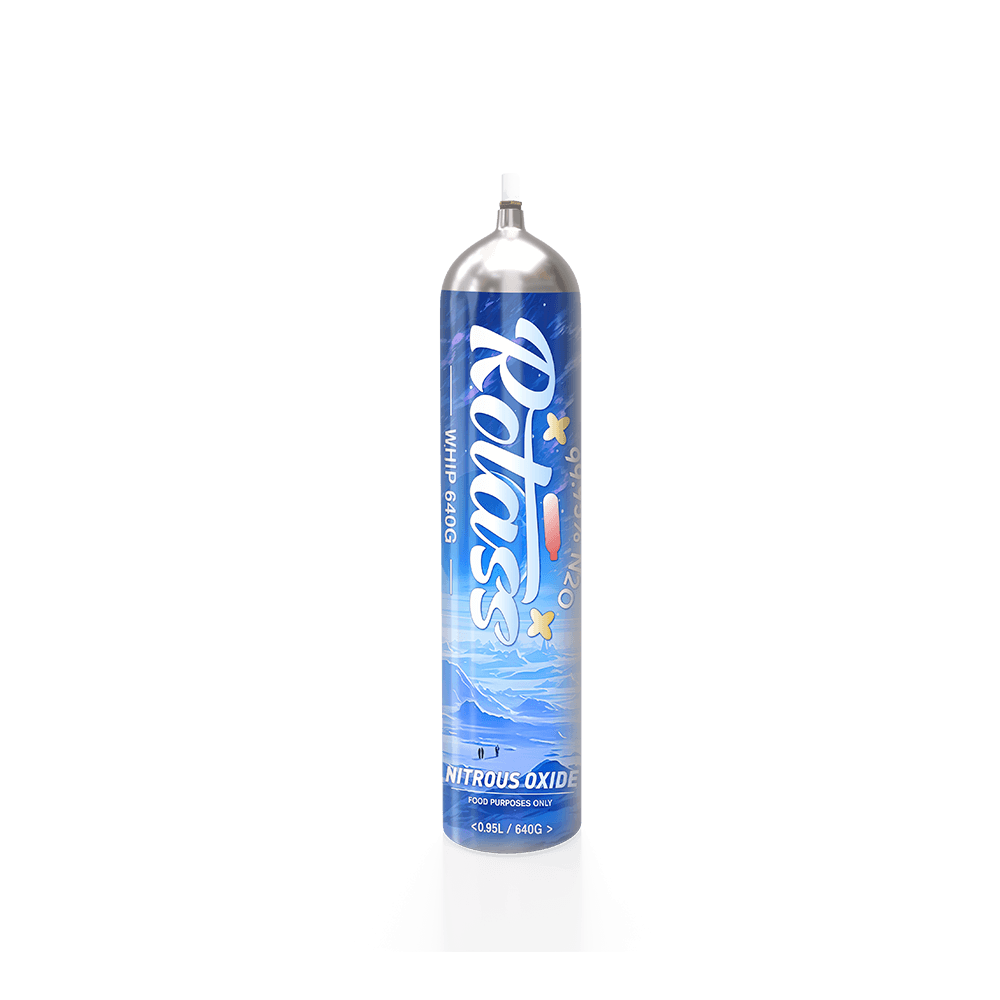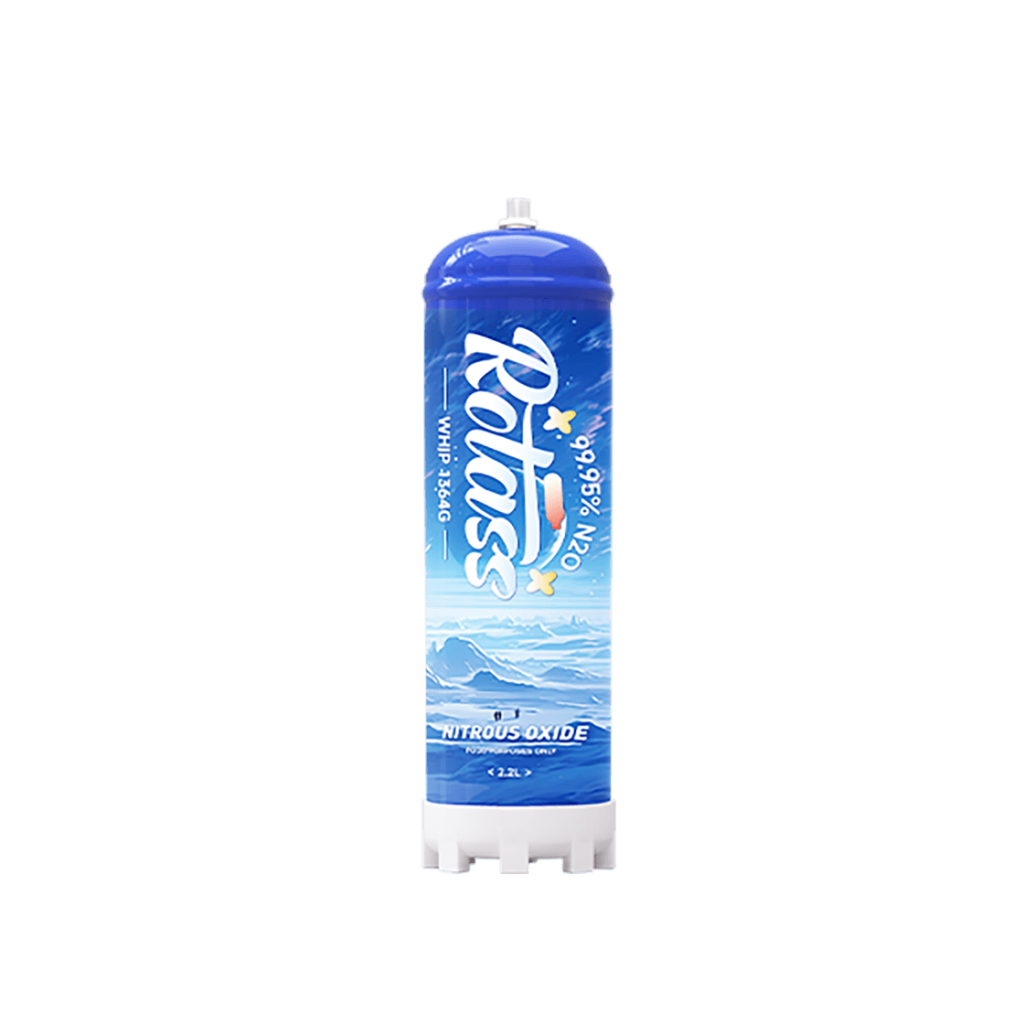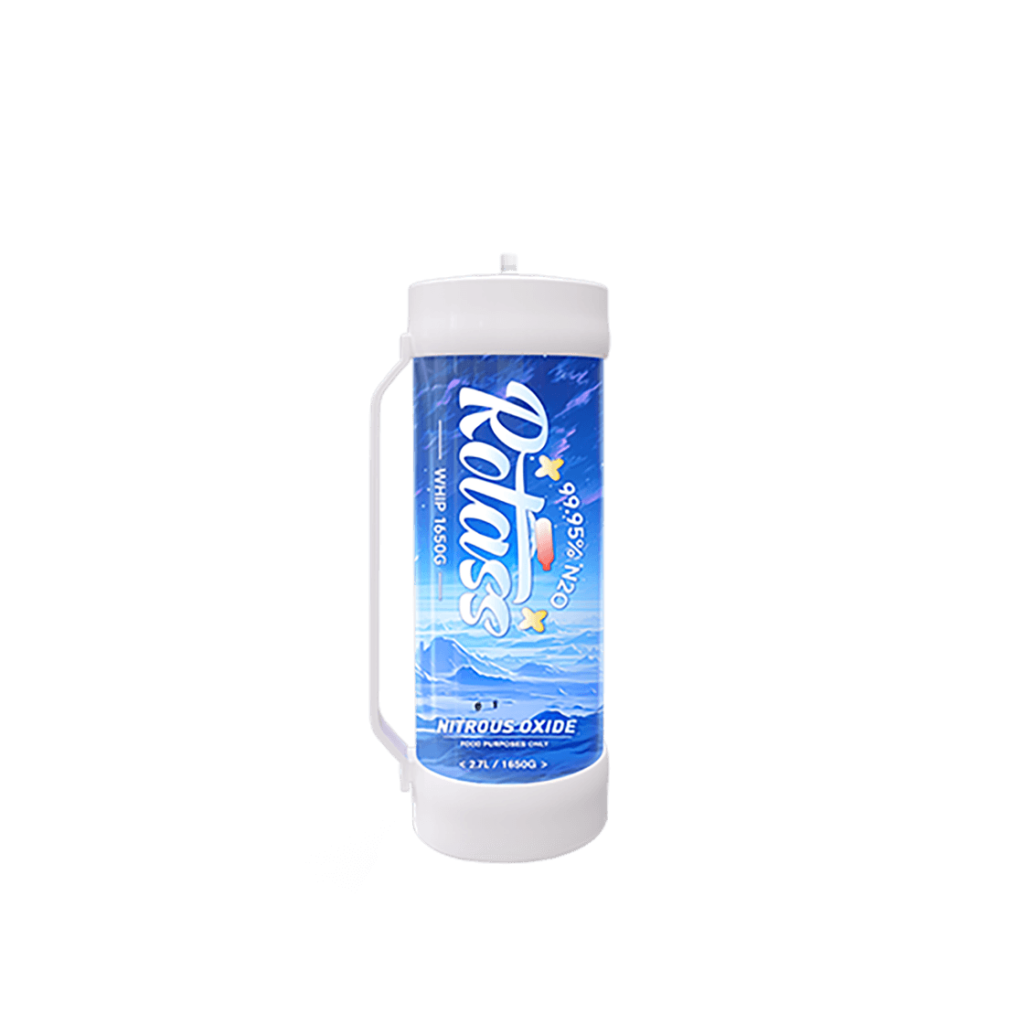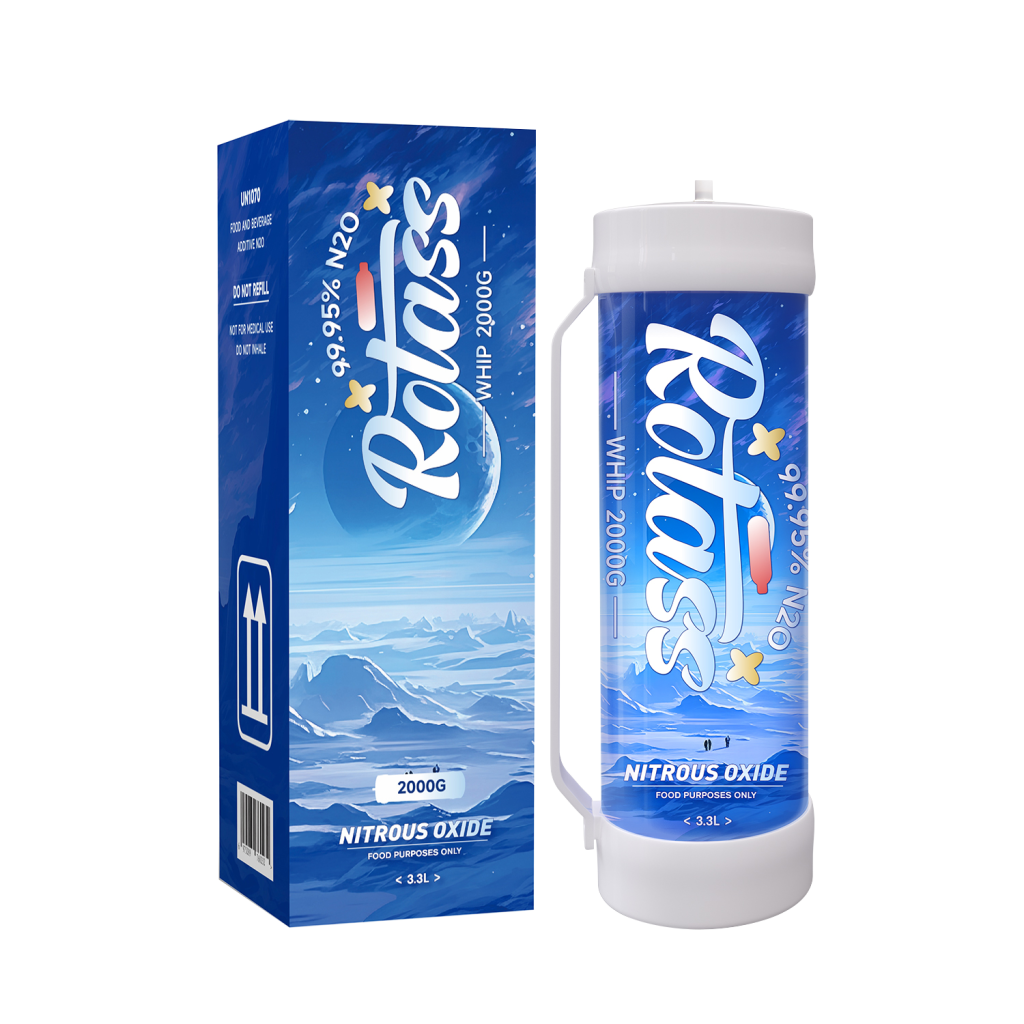2024 / 10 / 30
How Do You Store Your Food N2O Cylinders?
Contents
Food-grade N2O Cylinders have become an indispensable tool in the culinary industry, offering a variety of benefits for chefs and food enthusiasts alike. Nitrous oxide, also known as laughing gas, is used to create whipped cream and other aerated desserts. When combined with a cream base, nitrous oxide infuses the mixture with tiny bubbles, resulting in a light, airy texture and a creamy consistency. These cylinders contain a pressurized gas that can be dangerous if mishandled or stored improperly. Please follow established storage guidelines to minimize the risk of accidents and ensure that their N2O Cylinders are always ready for use.
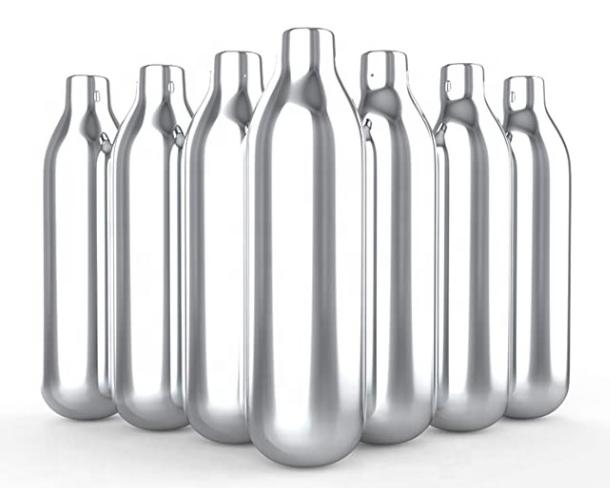
Safety Considerations
N2O Cylinders, while essential for culinary applications, pose significant safety hazards if not handled and stored properly. Here are some potential risks:
- Explosion: If N2O Cylinders are subjected to excessive heat, fire, or physical impact, they can explode, causing serious injuries and property damage.
- Gas inhalation: Inhaling nitrous oxide can lead to a range of health effects, including dizziness, euphoria, and loss of consciousness. Prolonged exposure can also have negative impacts on the nervous system.
- Fire hazard: Nitrous oxide is a strong oxidizer, meaning it can accelerate the burning process. Storing N2O Cylinders near flammable materials can increase the risk of fire.
Safety Guidelines and Regulations
- Storing cylinders in a well-ventilated area away from heat sources and direct sunlight.
- Securing cylinders to prevent accidental falls or tipping.
- Inspecting cylinders regularly for leaks, damage, or expiration.
- Handling cylinders with care and avoiding exposure to excessive temperatures or physical impact.
- Training staff on the proper handling, storage, and emergency procedures for N2O Cylinders.
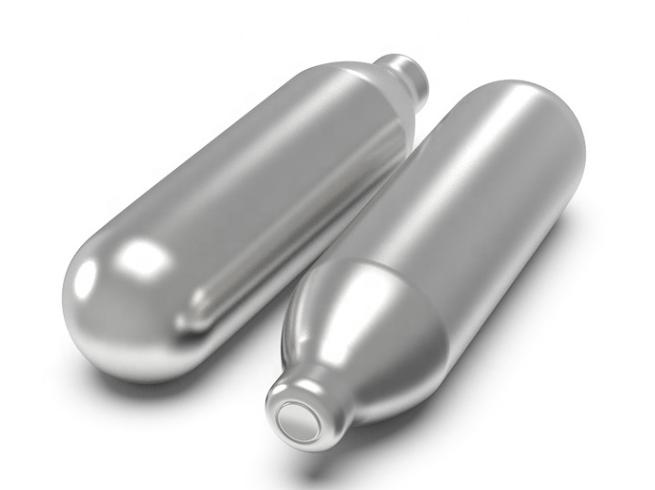
Storage Requirements
Food-grade N2O cylinders must be stored under specific conditions to ensure their safety and performance. Here are the key storage requirements:
- Temperature range: N2O Cylinders should be stored in a cool, dry environment. Avoid storing them in areas with extreme temperature fluctuations, as this can affect the cylinder’s pressure and potentially cause damage.
- Humidity levels: High humidity can lead to corrosion of the cylinder’s exterior and internal components. Store cylinders in areas with moderate humidity levels to minimize the risk of corrosion.
- Ventilation: Ensure that the storage area is well-ventilated to prevent the accumulation of nitrous oxide gas in case of leaks. Adequate ventilation will help to disperse the gas and reduce the risk of inhalation.
- Location: N2O Cylinders should be stored indoors, away from direct sunlight, rain, and other weather elements. Avoid storing them in areas with high foot traffic or where they could be accidentally knocked over.
- Proximity to other flammable materials: Nitrous oxide is a strong oxidizer and can accelerate the burning process. Store cylinders away from flammable materials, such as combustible gases, solvents, or cleaning supplies.
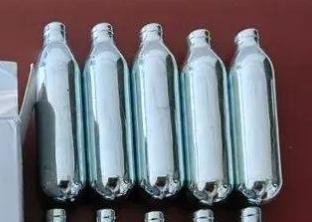
Cylinder Handling and Inspection
Safe Handling and Transportation
When handling and transporting N2O Cylinders, follow these guidelines:
- Secure the cylinder: Use appropriate straps or chains to secure the cylinder upright during transportation. Avoid dragging or rolling the cylinder, as this can damage the valve or cause the cylinder to leak.
- Avoid excessive pressure: Do not expose the cylinder to excessive heat, fire, or physical impact. This can increase the internal pressure and increase the risk of an explosion.
- Handle with care: Avoid dropping or bumping the cylinder. Rough handling can damage the valve or cause the cylinder to leak.
Regular Inspections
Regular inspections are essential for ensuring the safety and performance of N2O Cylinders. Inspect cylinders for:
- Leaks: Check the valve and cylinder body for signs of leaks, such as moisture or a hissing sound. If you detect a leak, move the cylinder to a well-ventilated area and contact the supplier or a qualified technician.
- Damage: Inspect the cylinder for any physical damage, such as dents, scratches, or corrosion. Damaged cylinders should not be used and should be replaced.
- Expiration date: Check the expiration date on the cylinder. Do not use cylinders that have expired.
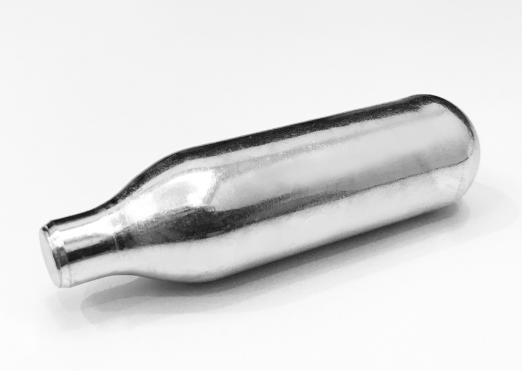
Best Practices for Storage
To ensure the safe and efficient storage of N2O Cylinders, follow these practical tips:
- Secure cylinders: Use appropriate straps or chains to secure the cylinders upright in the storage area. This will prevent them from falling or tipping over, which can lead to leaks or damage.
- Designated storage area: Create a designated storage area for N2O Cylinders that is separate from other chemicals or equipment. This area should be well-ventilated, away from heat sources, and out of direct sunlight.
- Regular safety checks: Conduct regular inspections of N2O Cylinders to check for leaks, damage, and expiration dates. This will help to identify potential safety hazards and address them promptly.
- Staff training: Provide training to all staff members who handle or work near N2O Cylinders. This training should cover safety procedures, proper handling techniques, and emergency response plans.
- Emergency response plan: Develop an emergency response plan for dealing with nitrous oxide cylinder accidents or leaks. This plan should include procedures for evacuating the area, contacting emergency services, and handling any spills or releases of nitrous oxide.
Regulatory Compliance
Adhering to relevant regulations and standards is essential for ensuring the safe and legal use of N2O Cylinders. Failure to comply can result in penalties, fines, and legal issues. Specific regulations may vary depending on your location. However, common requirements include:
- Workplace safety guidelines: These guidelines typically cover cylinder inspection, emergency procedures, and personal protective equipment.
- Local fire codes: These codes may include restrictions on storage locations, cylinder quantities, and required fire extinguishers.
- Transportation regulations: If you transport N2O Cylinders, you must comply with applicable regulations regarding labeling, packaging, and handling during transportation.
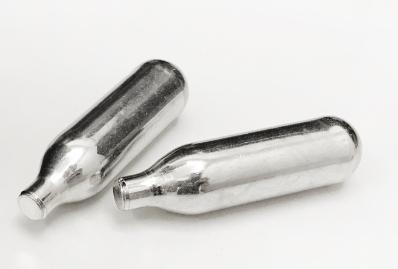
Key Points to Safeguarding Your Food N2O Cylinders
| Safety considerations | Be aware of the potential hazards associated with mishandling or improper storage of N2O Cylinders. |
| Storage requirements | Store cylinders in a cool, dry, and well-ventilated area, away from heat sources, direct sunlight, and flammable materials. |
| Handling and inspection | Handle cylinders with care, avoid excessive pressure, and conduct regular inspections for leaks, damage, and expiration dates. |
| Best practices | Secure cylinders, implement regular safety checks, and provide staff training on proper handling and emergency procedures. |
| Regulatory compliance | Adhere to relevant regulations and standards to avoid penalties and legal issues. |
By following these guidelines, you can ensure the safe and responsible use of food-grade N2O cylinders in your culinary operations. If you still have any questions, please contact the food N2O cylinders supplier Rotass.


